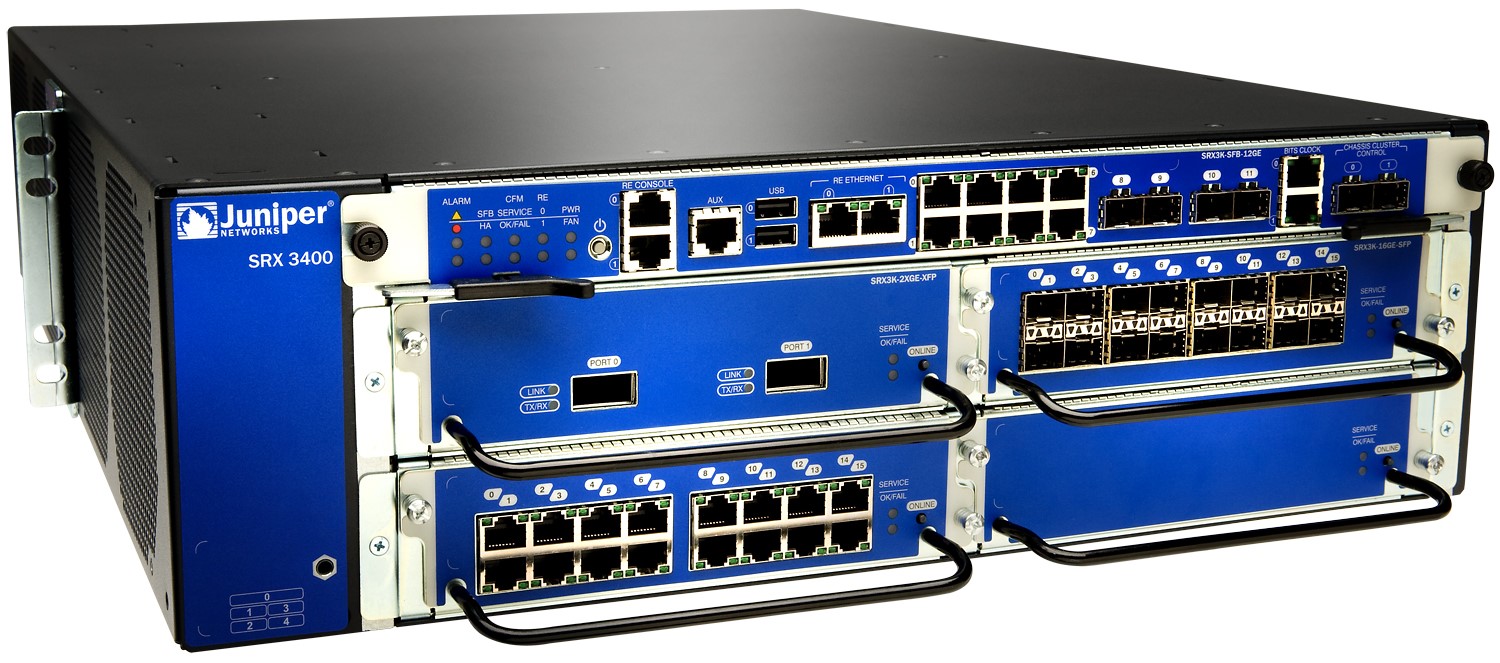Hello everybody, a brief introduction:
Juniper operating system for it’s different families of networking solutions (SRX, MX, J, EX,) is as we know.. JunOS, and it’s excellent ! I, myself (as many many others) come from a world of pure Cisco, and I can accurately state that the flexibility and structure of JunOS is very superior that it’s ever rival IOS.
One of the first things we notice is that JunOS being based on FreeBSD keeps all it’s great characteristics, also, every Juniper device is going to be split up between the Routing Engine (RE), and Packet Forwarding Engine (PFE), allowing for a very modular design that basically will give the box a way around for dealing with high resources consuming processes.
Basically the RE is the brain behind the operation, maintaining the original routing table and taking care of traffic destined directly to the device. The PFE is going to maintain a copy of the routing table, will take care of transit traffic and also is going to take on some of the responsibilities of applying policies.
Second great thing is, the CLI navigation and configuration is simply amazing, the “show” command (this would be the equivalent of a show run) under the configuration (edit) mode is just great, the output is completely structured and showed to you in such a clean format. I have to admit that at first I wasn’t feeling comfortable with this show output, but once you get familiar with the syntax of the commands, and your way around the different hierarchies, it becomes much easier to read than an IOS show output.
So for this video, we’ll be looking at the configuration for some basic routing protocols and find out that as opppose to IOS, we will need to set some routing policies that allow for routes to propagate between the neighbors, pretty much like route redistribution.
I hope you guys enjoy and again, comments and suggestions are very welcome.
Thank you.
